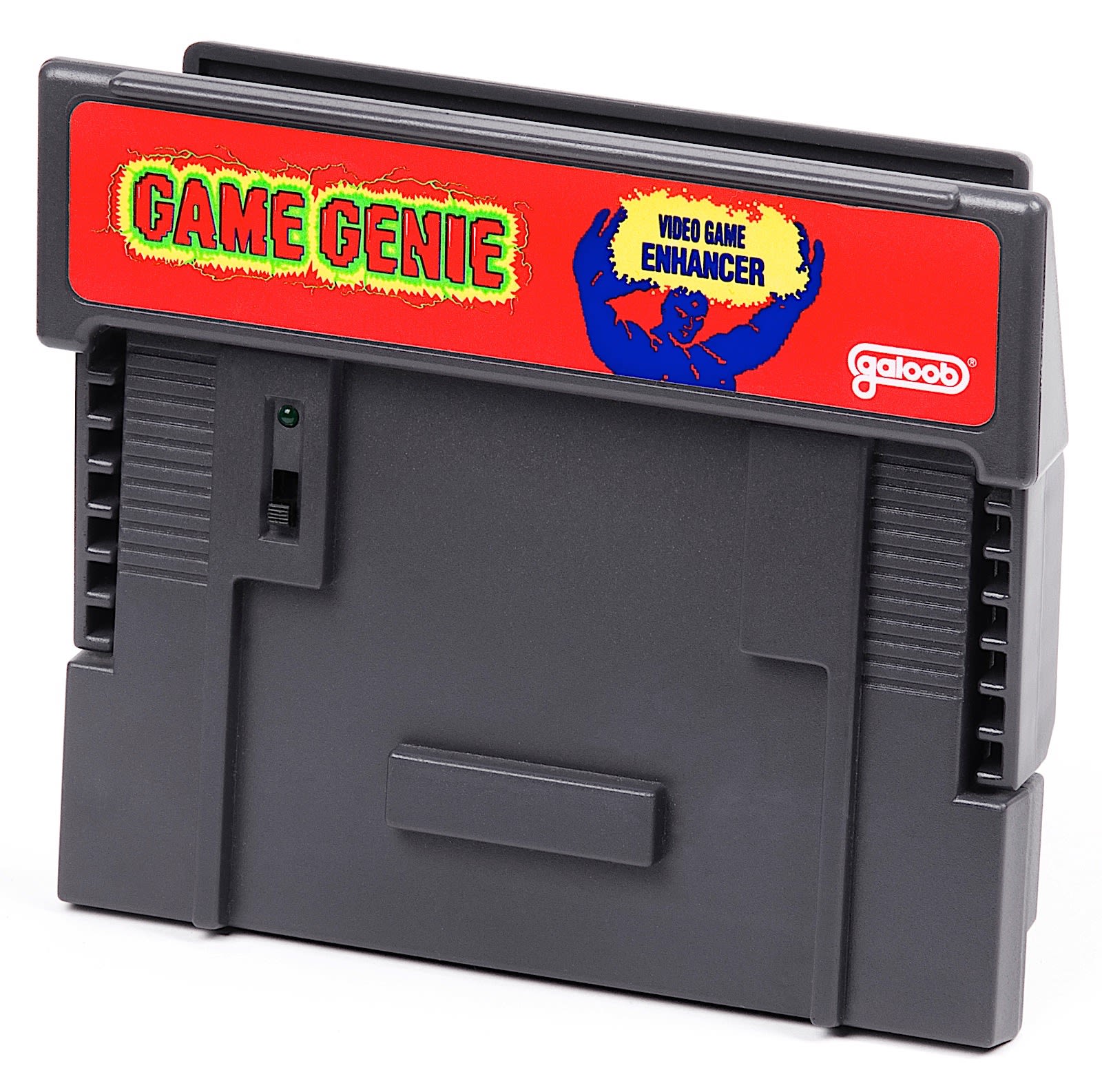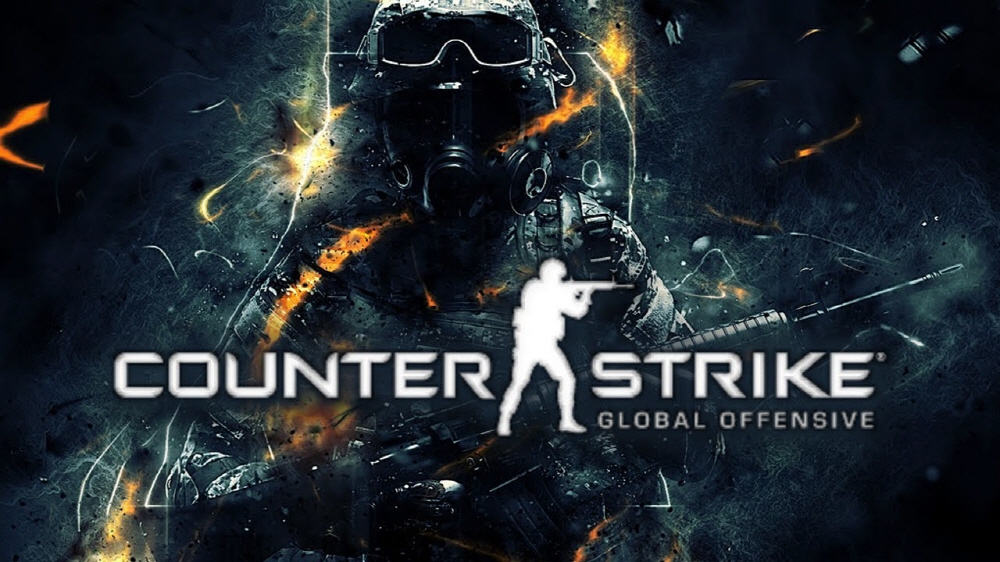Would you play a multiplayer game if you discovered other people are cheating? According to a survey by Irdeto, 60% of online games were negatively impacted by cheaters, and 77% of players said they would stop playing a multiplayer game if they think opponents are cheating. Player churn grows as cheating grows.
Stopping this is therefore essential if you want to build and develop your community, which is essential to success for today’s gaming companies. This session at Percona Live ONLINE was presented by Yahav Biran, specialist solutions architect, gaming technologies at Amazon Web Services, and Yoav Eilat, Senior Product Manager at Amazon Web Services, presented a talk and demonstration about anti-cheating tools in gaming based on using automation and machine learning (ML).
Yoav notes that while people might think of ML in terms of text or images, but: “There’s a considerable percentage of the world’s data sitting in relational databases. How can your application use it to get results and make predictions?”
The Cheat is a universal game trainer for Mac OS X. It lets you cheat many games which otherwise don't provide cheats. Change things in your game like ammunition, number of lives, health, level. The Best Place To Get The Best Tools. As the new year 2020 have rolled out, we wanted to make something great and for free. We started the developing the best hack tools.
Six steps for adding Machine Learning to an Application
Traditionally there are a lot of steps for adding ML to an application with considerable expertise required and manual work, with the efforts of an application developer, database user and some help from a machine learning database scientist:
- Select and train database models
- Write application code to read data from the database
- Format the data for the ML model
- Call a machine learning service to run the ML model on the formatted data
- Format the output for the application
- Load the results to the application
- The ultimate PC cheats resource. We have the latest PC cheats, PC cheat codes, tips, walkthroughs and videos for PC games.
- This tool is tiny and of nude color. Once inserted inside the ear, it cannot be seen by others. Spy earpiece is compatible with all cell phones and even MP3 players. Suits for secret phone communication and MP3 audio files listening. To learn more about this cheating option, visit How to.
- Cheat All Game - Free Cheats For All Games! Giving You The Latest And Updated Game Hacks, Cheats. Forza Street Hack 2020, The Best Hack Tool To Get Free Credits.
- CoSMOS Memory Scanner and Gamehacking Tool Here at Cheat Happens we release between 250 and 400 new and updated game trainers every month with many titles on the new trainer request list plus many more on the update request list at any given time.
- Cheat Engine is one of the first and the best memory editor for PC games and the most advanced game cheating, trainer, and game hacking tool for PC games there is. Featuring a huge active community dedicated to improving the software and sharing trainers and cheats.
The result is most machine learning is done offline by a data scientist in a desktop tool. “We would like to be able to add some code to your game and use the models directly from there,” explained Yahav.
With multiple databases such as the customer service database or order management system, or in the instance of gaming, this would all be a lot of work to do manually. “So, we want to see how we can do that in an easier and automated way,” continued Yahav.
Examples where cheating can occur
The duo provided some examples of common cheating behaviour that can occur in games:
- Authentication: player authentication in the game, to prove they are who they say they are and that they have the right account
- Transactional data: what the players purchase inside the game, so they either don’t spend funds they don’t have or don’t lose items they purchased legitimately
- Player moves: for example where players in cahoots are walking in front of each other like a human shield
“Where you have a player that’s walking in one direction, shooting in the other direction and doing five other things at the same time, then it’s probably a bot,” said Yahav.
Demonstrating ML in action
The demo was built on Amazon Aurora, a relational database offered by AWS and that is compatible with MySQL and PostgreSQL. The database includes some optimizations and performance improvements, plus a few additional features. It has pay as you go pricing.
As Yahav explains: “The machine learning capabilities added in 2019 allow you to do a query in your Aurora database and then transfer it to a machine learning service for making a prediction. There’s integration with Amazon SageMaker and Amazon Comprehend, which are two machine learning services offered by AWS. The whole thing was done using SQL queries.
Thus, you don’t need to call API’s; there’s no need to write additional code, you’re doing a step, you can just write a statement where you’re selecting from the results of the machine learning call. You can just use the results like you would use any other data from your database.”
Shortening the process from six steps to three
Using this approach, the process is now made much simpler:
- (Optional) select and configure the ML model with Amazon SageMaker Autopilot
- Run a SQL query to invoke the ML service
- Use the results in the application
This article focuses on gaming; however, the presentation also provides details about fraud detection in financial transactions, sentiment analysis in the text (such a customer review written on a website), and a classification example to sort customers by predicted spend.
ML queries in gaming scenarios
Yahav and Yoav trained a SageMaker model to recognize anomalous user authentication activities such as the wrong password. You can dig deep into the code for the demonstration over at GitHub, so we’ll only walk through some of the code.
The model can also use the function auth_cheat_score to find players with a significant cheat score during authentication.
Introducing EmuStarOne
The game was developed initially in 2018 and is a massively multiplayer online (MMO) game that enables players to fight, build, explore and trade goods with each other.
The game can be viewed https://yahavb.s3-us-west-2.amazonaws.com/EmuStarOne.mp4
Players authenticate from supporting clients, suc as a PC or game console.
Five personality traits and game events define Emulants: they can move, forge, dodge, etc. and they can transact with virtual goods.
What does cheating look like in the data?
To understand what cheating looks like within games, we have to understand what good and bad behaviour looks like in our game data over time:
- Players can cheat as they make illegal trades or run bots that manipulate game moves on behalf of other players.
- Cheating can manifest in different ways, such as player move anomalies and consecutive failed login attempts from two different sources.
In general, ML solutions work very well with problems that are evolving and are not static.
How can we stop cheating in the game?
To stop cheating requires a plan and some decisions to be made before creating the data model or ML approach:
- We can form an anti-cheat team.
- Take action against cheaters e.g., force logout with a hard captcha as a warning.
- Escalate the anti-cheating actions as needed.
- Eventually, cheaters learn the system behavior, so there is also the consideration of false positives.
- Continuously redefine our cheating algorithms.
What we want to enable by forming this anti-cheat team is to stop those that cheat and continuously refine the algorithm.
EmuStar One game data authentication
Yoav explained:
“In the first data set, we have the player authentication; this is the authentication transaction. There is a timestamp that the player came, and in this case, the authentication method was the Xbox Live token.”
It means that the user logged through to the Xbox Authentication Service. It includes the playerGuid, the user agent, which in this case, is an Xbox device. You can see the source IP and the cidir and the geo-location.
Player transaction
The player moves
The player moves (in this case is the X and Z coordination) include the timestamp and the player. There are three more properties – the quadrant, the sector, and the events can be traversing, user traversing from one place to another, or forging or dodging or other events that the game allowed.
The three ML models used for game data
- For authentication: IP insights is an unsupervised learning algorithm for detecting anomalous behavior and usage patterns of IP addresses
- For transactions: Supervised linear regression – this is because most transactions are already classified by Customer care and player surveys
- For player moves: “Random cut forest (RCF), assuming most player moves are legit so anomalous moves indicate potential cheaters,” explained Yoav.
Data preparation
The game involves a mammoth amount of data. Yoav shared: “We have 700,000 authentication events, 1 million transactions and 65 million player moves. For the supervised data, we classified data between 0.1 to 3% to allow the model to distinguish between legit transactions. Move authentication and other Models were built using Jupyter notebooks hosted by SageMaker. Data was stored on s3.
“Once that we were able to distill the data and train the model, we deployed the model with hosted inference endpoints using SageMaker as the service. We used Aurora to invoke the endpoints.”
Data encoding and transformation
In general, ML models like numbers – interest, doubles, or floats. So the String attributes were encoded. The same encoding was on the Aurora side, covering for example player move events such as TraverseSector or Travel.Explore
The notebook is open source so you can see how encoding strings of the player moves was achieved.
Yoav explained: ” I took the quadrant, encoded the sector. encoded the event, and encoded it using the pandas, in the end, and the OneHot encoder.”
The code for an alternative method for achieving this was also shared:

The demo
Based on the characteristics of cheating in our game, cheaters are found via:
- Looking for suspicious transactions
- Looking for suspicious authentication by the players who executed these transactions
- Then seeing if the player moves were suspicious
Yahav shared code for the materialized view for authentication, querying the parameters and filtering only the suspicious ones that are mentioned as cls>zero classified as fraudulent.
An anomaly score cls>2 indicates a suspicious move – the tools are very flexible!
Yahav then executed a query for “the timestamp and the player Guids that are basically are suspicious.”
The live demo presented worked to filter suspicious transactions. Then the authentication cheat was joined with the transaction cheat. Subsequently, 13 suspicious cases were revealed based on timestamps. The suspicious moves were then queried based on the timestamps.

The demo included lots of movements, and transactions from all directions.
Through exploring the player timestamp, playerGuid, quadrant, and sector of all the suspicious cases, it revealed where suspicious behavior occurred so that monitoring could occur in that specific area.
Resources from the presentation
Examples on Github:
You can also watch a video of the recording.
Quick Memory Editor FAQs
Q: What is Quick Memory Editor?
A: Quick Memory Editor is a powerful game cheating tool that can modify game data in memory easily. It doesn't require any advanced knowledge in windows or any programming experience.

Q: What operating system does Quick Memory Editor support?
A: The supported Operating System includes:
Windows 98; Windows NT; Windows ME; Windows 2000; Windows XP; Windows 2003; Windows Vista.
Q: Why I can't find some games in New Task List?
A: Some games like 'WarCraft III Frozen Throne' use PAGE_GUARD protection on a region of committed pages in the virtual address space. Quick Memory Editor will bypass these games.
Q: Why does my search take so long sometimes?
A: This could be the result of many reasons: 1) The game in which you're searching in is using a very large amount of memory. 2) You're searching for a number that appears a lot in the memory. Tip: Avoid starting your search with a little number like 0, 1, 2 etc. 3) Your computer may not be fast enough.
Q: When I use the hotkey to popup Quick Memory Editor, it doesn't show up. Why?
A: Some full-screen games disable all Windows hotkeys or use the same hotkey that Quick Memory Editor use. In this case, you can't use the hotkey.
Q: I changed a value, but I can't see the changes in my game. Why?
A: If you did it correctly, the new value is supposed to be there but you can't see it yet, especially if your game doesn't refresh in real time. Tip: Play a little bit until you see the new value, usually when the game updates this value. Or try to redraw the window by minimizing it then maximizing it again.
Q: What value should I enter in searching 'Unknown Data'?
A: First enter '?' to initiate data when searching an unknown number. Then enter search value '+' if the data is increased / enter search value '=' if the data is not changed / enter search value '-' if the data is decreased. Repeat the second step until you find the address. Click here to see a tutorial on how to search unknown data.
Q: The addresses of a .mem file I saved in a previous session are no longer valid. Why?
A: Some games load their data dynamically. This means that their variables are stored in a different address every time. Tip: Search on every time.
Q: Why can't I find the string I'm looking for?
A: Not all strings you see on your screen are kept in memory permanently, and not all of them are stored as ASCII.
Q: Is Quick Memory Editor able to cheat Java games on the internet?
A: Yes, just select Internet Explorer or whatever your browser is, as the game and search as you normally do, then cheat.
Q: Is Quick Memory Editor also able to cheat flash games on the internet?
A: No. The new version of flash player encrypted data in memory, so you can't cheat it. However you can find the memory address of data in some flash games by searching 'Unknown Data'.
Q: Can I use Quick Memory Editor on online games?
A: In most cases no, the data of online game is stored on the server, so if you change it, it only changes in your own computer's memory, not on the server. We do not encourage or condone using Quick Memory Editor with online games because it might upset the game balance.
Q: I get a message 'The specified memory area size has been changed. Apply cancelled.' when clicking 'Apply changes'. Why?
A: Quick Memory Editor reads data from a specified memory area for editing. You can not write the data back to memory if the data size is changed. Please be sure the data size after modified is the same as the data size before modified.
Q: I get a message 'The specified memory area can not be accessible or operable.'. Why?
A: You will get this message if the requested write operation crosses into the specified memory area that is inaccessible. This memory area may read-only.
Q: How do I order Quick Memory Editor?
A: We use RegNow the most highly respected registration company to process your order. They provide you fast & 100% secure way to buy Quick Memory Editor. We accept many payment options, including Credit Card (Visa, Mastercard, American Express, Discover, Eurocard,MasterMoney), Wire Transfer, Check, and Fax.
The registration costs for Quick Memory Editor is only $19.95. We provide free lifetime upgrade and free technical support.
As soon as RegSoft receives your order, RegSoft will immediately send you an e-mail which verifies that the order has been submitted. After RegSoft receives confirmation of payment, RegSoft will send you a second email with payment verification and a Registration Code. Simply enter the Registration Code into the program to complete the Registration process. If you do not receive a Registration Code, please contact support@softcows.com.School Cheating Games
Q: I have more questions - who should I write to?
A: Please send your additional questions to support@softcows.com.